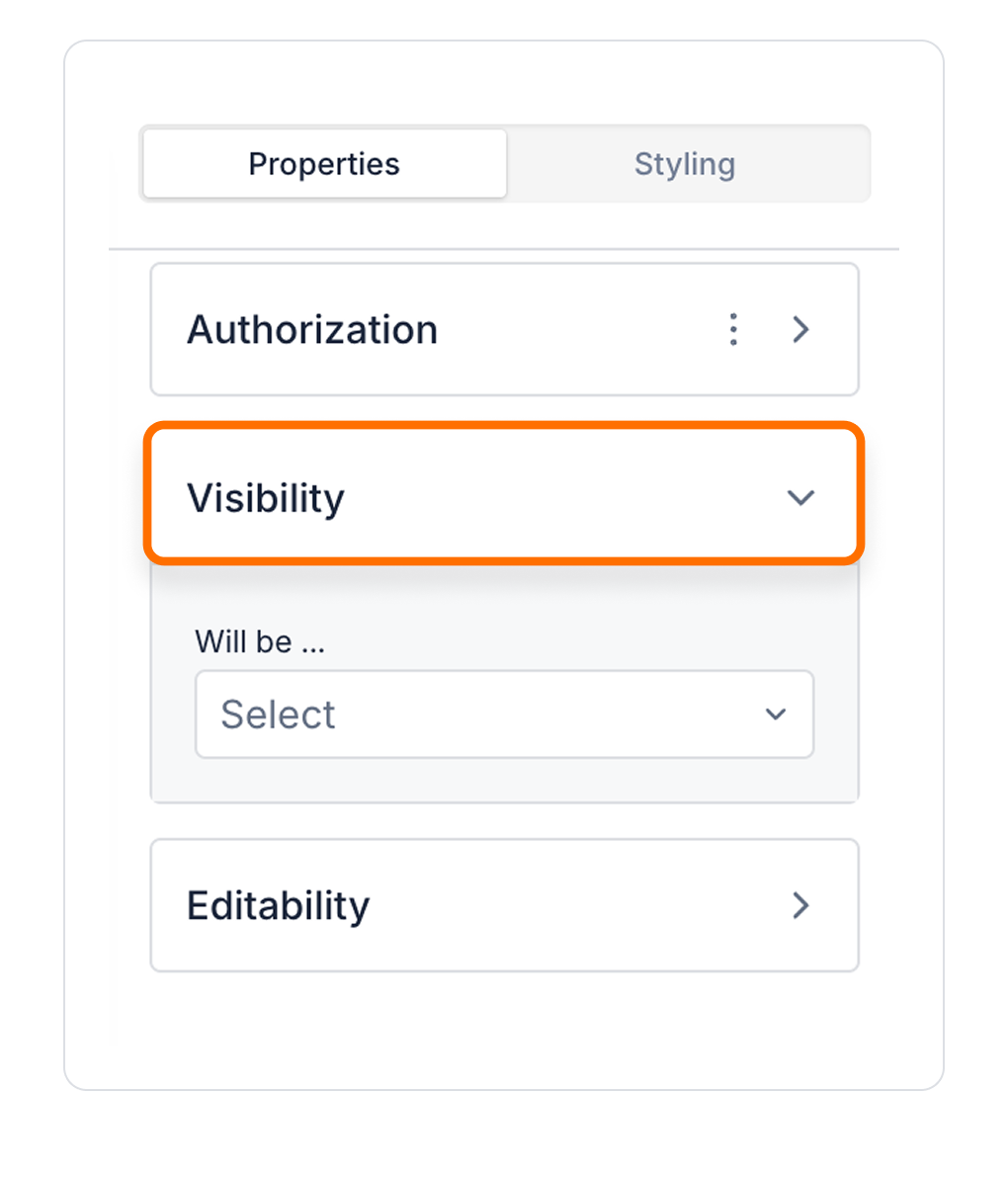


Kuika's Vertical Stack element is used to organize User Interface (UI) elements in a vertical row. Aligning elements vertically makes content look more readable and organized. In addition, the Vertical Stack element allows you to easily manage spacing and alignment between elements. In this tutorial, you will learn how to organize elements in the user interface in a vertical order using the Vertical Stack element.



You can configure the following settings in the Properties panel:
Gap: Allows you to adjust the space between the inserted elements. The default value is 12 pixels.
Authorization

To manage access control at the element level, you can use the Authorization section in the Properties panel.
Access Types
Anonymous
Allows all users to view the element without logging in.
Restricted
Restricts access to only verified users or specific roles.
Unauthorized Behavior (Hide / Disable)
If the user does not have the required role, you can specify how the element should behave in the Choose field:
This setting is used to manage how unauthorized users encounter the element.
Visibility

Always Visible: The element is always visible.
Hidden: The element is hidden.
Sometimes Visible: The element becomes visible based on specific conditions.
When Sometimes Visible is used, AND / OR groups can be added directly, allowing visibility rules to be grouped and more complex scenarios to be managed easily.
To configure the setting:


By customizing your elements with the Styling Panel, you can create impressive interfaces for your web and mobile applications. In this section, you can configure the following settings:
By following these steps, you can configure the Area Chart element to suit your needs.